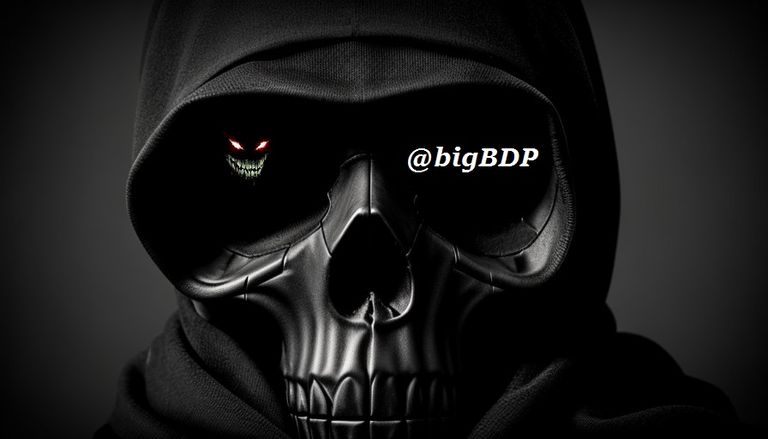
¿Que es un cliffhanger?
El término «cliffhanger» se empezó a utilizar en el mundo de la literatura a partir del siglo XIX, es una expresión que indica dejar a un personaje en una situación de mucho riesgo o suspenso al final de un capítulo o de una historia, literalmente como si estuviera colgando al borde de un precipicio («cliff» en inglés) procurando dejar al lector colgado de la historia y preguntándose ¿que pasara a continuación?.
La popularidad del uso de los «cliffhanger» en la literatura creció exponencialmente durante el siglo XIX debido a que en ese entonces se solían publicar las novelas por entregas semanales, quincenales o mensuales tanto en revistas como en periódicos. La mayoría de los autores de la época ya que entregaban sus trabajos por partes o capítulos para conseguir enganchar a mas lectores con sus escritos, el autor trataba de sorprender al final de cada entrega dejando a su protagonista o algún otro personaje clave de su historia en una situación de peligro muy crítica o de suspenso que se resolvería en la siguiente entrega.
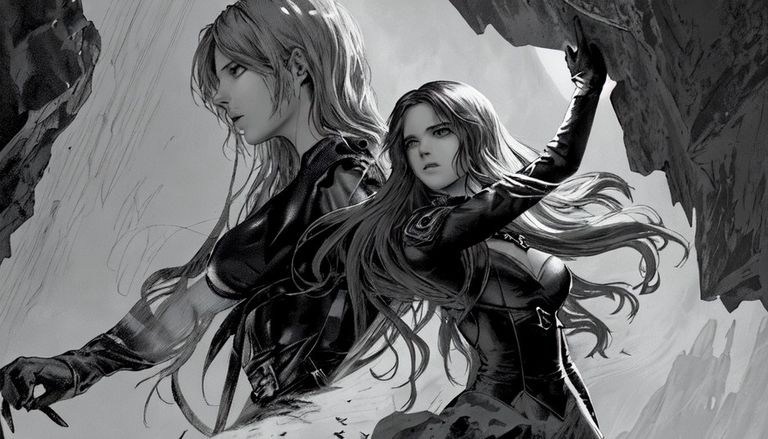
A partir del siglo XX, el cliffhanger también fue adoptado por las restantes formas de narrativa, aparte de la literatura clasica, se extendio su uso en los comics, novelas graficas, series de televisión y por supuesto las películas.
¿Cual es el objetivo de un cliffhanger?
El principal objetivo del uso de los cliffhangers es mantener el interés y la atención de los lectores o público, que lee o ve tu historia, aumentando su deseo de continuar leyendo o viendo lo que viene a continuación, dejando al final de cada capitulo o episodio una pregunta importante sin respuesta, una situación de peligro inminente, el cliffhanger debe crear una sensación de tensión y urgencia extrema, impulsando a los lectores o espectadores a seguir enganchados con la trama para obtener una resolución.
Los cliffhangers suelen utilizarse a menudo al final de cada capítulo o episodio, pero también pueden ocurrir en ciertos momentos importantes o cruciales dentro de un capitulo, ya que un buen cliffhanger puede significar giros inesperados en la trama, revelaciones sorprendentes, momentos de sumo peligro o mucho suspenso, uno de los mas utilizados tanto en la literatura como en la televisión y el cine es dejar al personaje principal o algún secundario importante en una situación de vida o muerte.
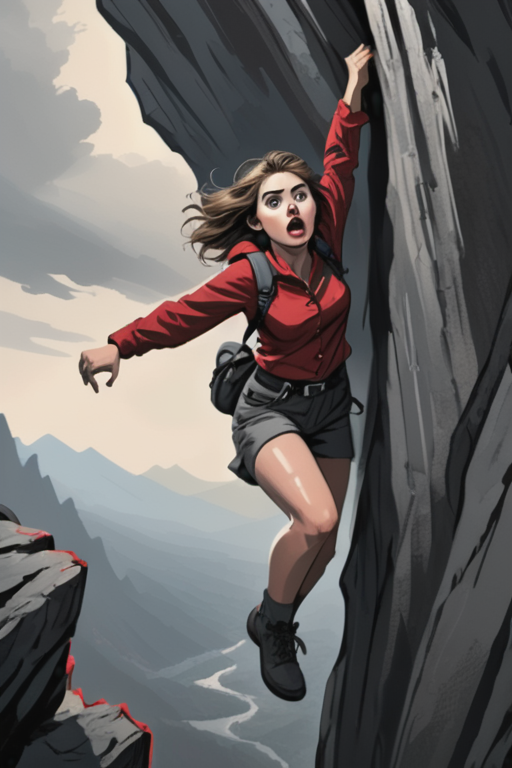
Como cualquier otro recurso literario o de narrativa audiovisual, el cliffhanger tiene varias ventajas que te ayudarán a consolidar y cimentar tu historia, entre las cuales podemos mencionar:
- Enganchar a tus lectores.
- Mantener el interés en tu historia a largo plazo.
- Generar mayor emoción y vinculo de tus personas con tus lectores.
- Fomentar el debate y la participación activa de tus lectores posterior a la publicación de tus novelas, generando una impresión mas duradera de tu trabajo.
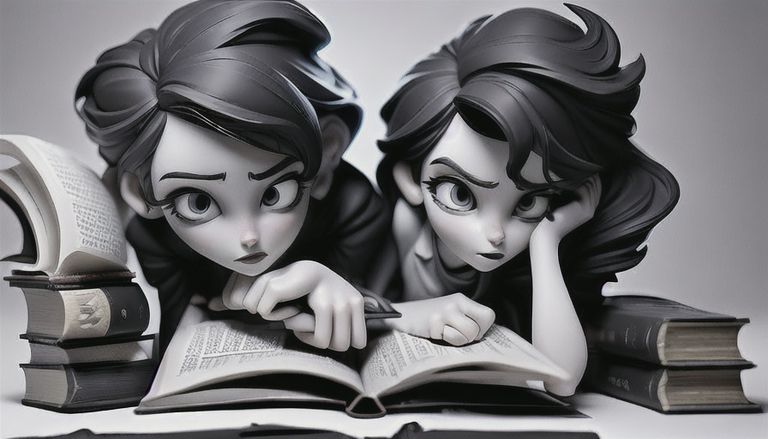
¿Cuales son los fundamentos del cliffhanger?
Hay dos aspectos fundamentales que debes considerar a la hora de crear un buen cliffhanger en tu historia:
A. La conexión emocional:
Cuando desarrollas tu historia debes ir estableciendo una fuerte conexión entre tus personajes y la trama esto es un aspecto fundamental en la narrativa y tendrá un papel vital en el éxito de un buen cliffhanger. Si tus lectores lectores son capaces de sentirse emocionalmente involucrados con tus personajes y su historia, se preocuparan por ellos y querrán saber que viene a continuación, entonces a la hora de introducir tu cliffhanger su impacto narrativo se magnifica!!!. Cómo la conexión emocional contribuye al éxito de un buen cliffhanger:
Generar empatía con tus personajes: si tus personajes están bien construidos y desarrollados despertarán mayor empatía en los lectores. Si un cliffhanger afecta directamente a un personaje muy querido inmediatamente generara en los lectores preocupación por su futuro provocando una respuesta emocional mucho mayor y obtendrás el objetivo de mantener a tus lectores expectantes de conocer la resolución del mismo.
Desarrollar las relaciones y vínculos emocionales entre tus personajes: Si al escribir tu historia logras construir una fuerte relación entre tus personajes claves, un cliffhanger que amenace dicha relación o devele un giro inesperado en la trama que pueda cambiarla, generará automáticamente una fuerte respuesta emocional en tus lectores, logrando que el cliffhanger mantenga a tus lectores ansiosos de saber cómo se resolverá la situación y como afectara la relación entre los personajes involucrados en el cliffhanger.
Identificar los conflictos y los deseos de los personajes: debes tratar al escribir tu novela y obra dejar bien establecidos los conflictos, problemas, deseos y sueños de tus personajes principales, así sera mucho mas fácil que tus lectores pueden identificarse con esos problemas, con las metas y aspiraciones de tus protagonistas, logrando el objetivo de crear una fuerte conexión emocional entre tus lectores y tus personajes. Un buen cliffhanger que ponga a un personaje clave en un dilema emocional o devele un obstáculo importante para lograr sus metas lograra despertar en tus lectores su preocupación e interés por la solución del problema.
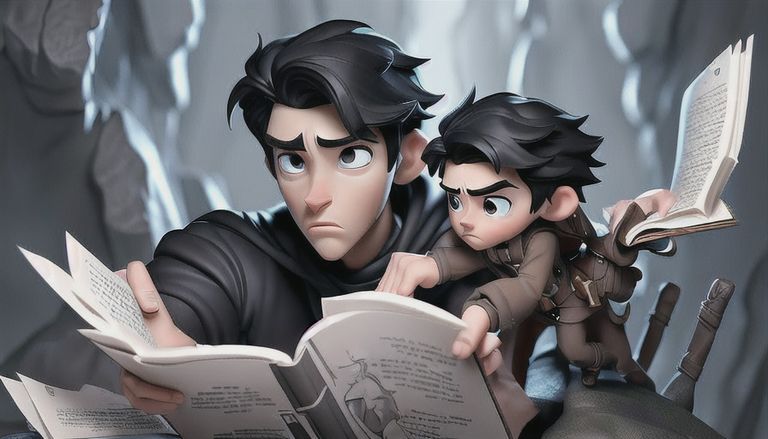
B. La creación de la tensión y el suspenso:
Un buen cliffhanger debe venir precedido por momentos de mucha tensión y ser capaces de generar suspenso, pero estos dos aspectos no se logran de la nada, cuando escribas tu novela debes ir preparando el terreno para ir introduciendo esos momentos de tensión y suspenso, si lo consigues efectivamente esto sin duda redundara en un mayor éxito de tu cliffhanger final, debes dejar a tus lectores atrapados, y crear una buena sensación de suspenso y tensión sera fundamental para ello. Aquí te dejo algunos aspectos claves para conseguir aumentar la tensión y el suspenso de un buen cliffhanger:
Establecer un conflicto importante: Para generar la tensión y el suspenso necesario que debe tener un buen cliffhanger, es necesario que pongas a tus personajes ante un problema importante y de significación dentro de la trama, puede ser un conflicto emocional interno, un problema que involucre o enfrente a varios personajes, o un problema con una amenaza externa. Pero lo que debes tener claro es que dicho problema debe ser lo suficientemente relevante en la trama para atrapar el interés y la atención de tus lectores.
Construir el cliffhanger progresivamente: Sería un error simplemente lanzar al ruedo al final de un capitulo o tu obra el cliffhanger sin prepararlo antes, a medida que vas contando tu historia, tendrás que ir preparando tu cliffhanger, acumulando pequeñas dosis de tensión, poniendo pistas a lo largo de tu novela, presentado problemas intermedios, planteando preguntas sin respuestas evidentes para que cuando aparezca el cliffhanger al final sea sorprendente pero que no luzca como algo salido debajo de la manga.
Jugar con el ritmo narrativo de tu obra: Previo a la introducción de tu cliffhanger, se puede jugar con el ritmo de la narración de tu obra, acelerándola o relentizándola, para aumentar el impacto emocional de tus lectores cuando aparezca el cliffhanger tomándolos por sorpresa aumentando la tensión y manteniendo a tus lectores en vilo.
Dejar preguntas sin respuesta: por lo general un buen cliffhanger aunque puede aparecer en momentos intermedios de una novela o capitulo se utilizan mas para finalizar un capitulo o una novela dejando no solo al personaje o personajes involucrados en un momento crucial, allí debes aprovechar también para dejar una pregunta importante sin respuesta, esto aumentara la sensación de intriga sobre tu obra. Las preguntas sin respuesta son un recurso narrativo que consigue mantener a los lectores mas involucrados con tu historia, y esperaran el próximo capitulo o entrega de tu novela para obtener las respuesta que le hacen falta para completar todos los misterios de tu novela.
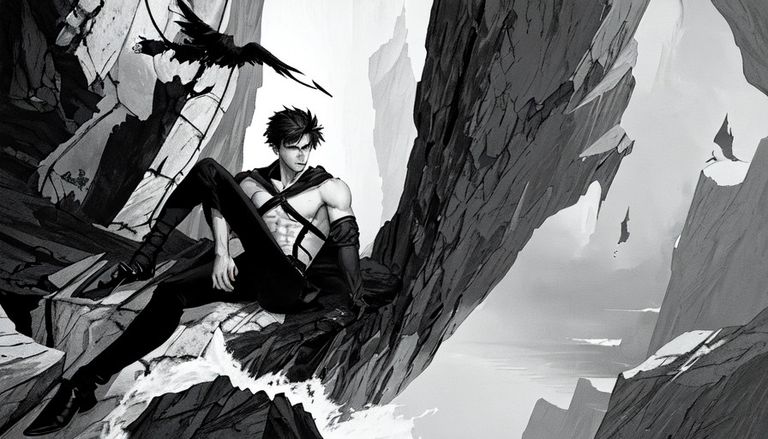
Un ejemplo contemporáneo del buen uso del cliffhanger en la literatura y su contraparte audiovisual actualmente es la saga de libros «Canción de Hielo y Fuego» del autor George R.R. Martin, sus novelas están plagadas de ellos, con giros y contra giros, hasta ahora cada novela de la saga siempre cierra con un cliffhanger enorme dejando en suspenso a uno o a varios personajes importantes hasta la siguiente entrega, el éxito de las novelas es innegable, con múltiples foros online en distintos idiomas donde se discuten teorías acerca de los libros ya las tramas ocultas en ellos que aun no se han resuelto, y el éxito de la saga literaria se replico de manera magistral en la serie de televisión «Juego de Tronos» de HBO, casi que cada capitulo finalizaba con un cliffhanger al igual que los cierres de temporadas, que generaban calurosos debates en redes sociales tratando de adivinar que vendría a continuación.
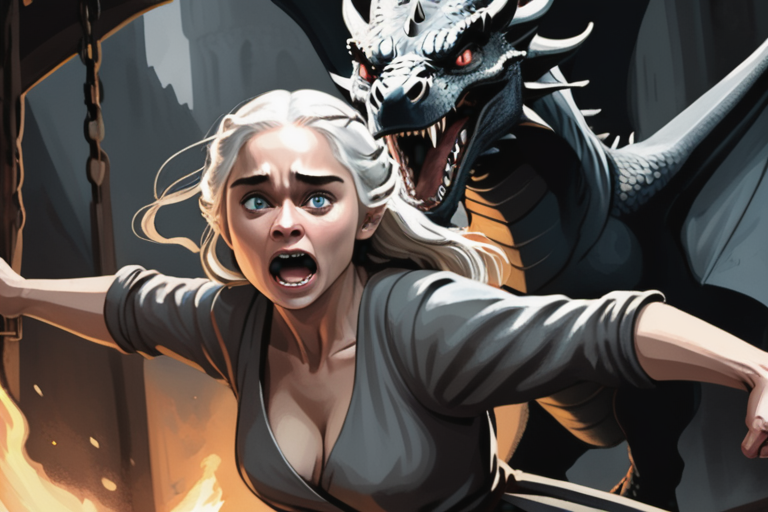
Para concluir el cliffhanger es una HERRAMIENTA NARRATIVA muy poderosa que si es bien utilizada y desarrollada dejara a tus lectores enganchados, enamorados, preocupados, activos, adictos, sedientos, y ansiosos por leer qué vendrá a continuación en tu historia. Para desarrollar y escribir un buen cliffhanger dentro o al final de una novela se necesita una cuidadosa planificación y ejecución para lograr un mayor impacto en tus lectores. Así que si te gusta narrar historias cortas o largas o estas escribiendo una novela, no dudes en poner a tus personajes en mas de un aprieto, para que tus lectores queden pegados a sus asientos con un buen cliffhanger!.
fin.

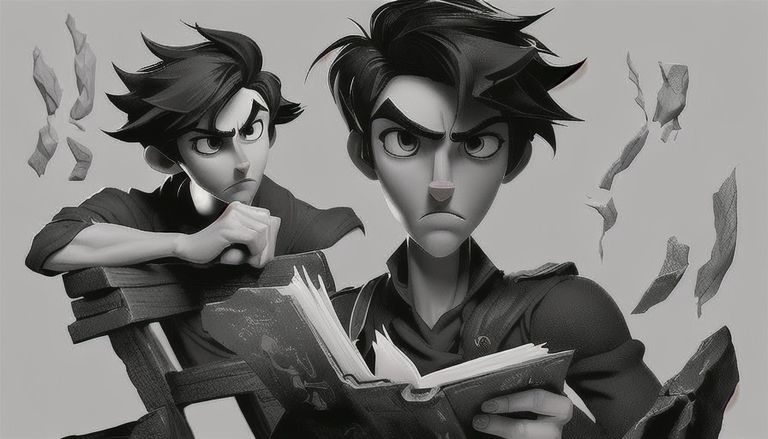
What is a cliffhanger?
The term "cliffhanger" began to be used in the world of literature in the 19th century. It is an expression that indicates leaving a character in a situation of great risk or suspense at the end of a chapter or story, literally as if it were hanging on the edge of a cliff ("cliff" in English) trying to leave the reader hanging on the story and wondering what would happen next?
The popularity of the use of "cliffhangers" in literature grew exponentially during the 19th century because at that time novels were usually published in weekly, biweekly or monthly installments in both magazines and newspapers. Most authors of the time delivered their works in parts or chapters to hook more readers with their writings. The author tried to surprise at the end of each delivery, leaving his protagonist or some other key character in his story in a very critical or suspenseful dangerous situation that would be resolved in the next installment.
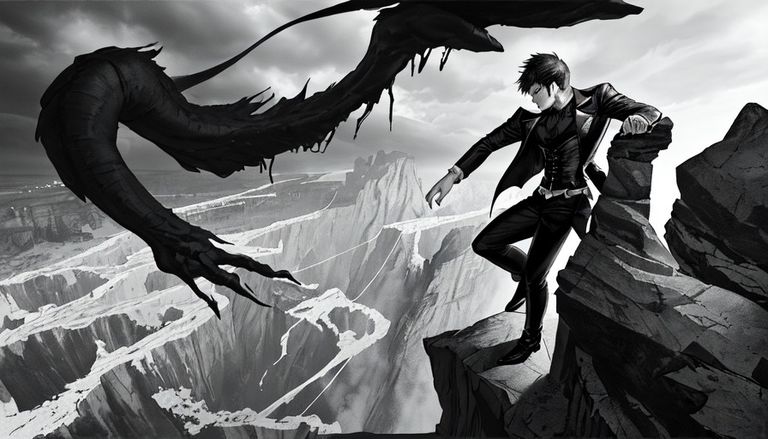
Starting in the 20th century, the cliffhanger was also adopted by other forms of narrative, apart from classical literature, its use spread in comics, graphic novels, television series and of course movies.
What is the goal of a cliffhanger?
The main objective of using cliffhangers is to maintain the interest and attention of the readers or public who read or watch your story, increasing their desire to continue reading or watching what comes next, leaving at the end of each chapter or episode an important unanswered question, a situation of imminent danger, the cliffhanger creating a feeling of extreme tension and urgency, driving readers or viewers to stay engaged with the plot to obtain a resolution.
Cliffhangers are often used at the end of each chapter or episode, but they can also occur at certain important or crucial moments within a chapter, since a good cliffhanger can mean unexpected plot twists, surprising revelations, moments of extreme danger or a lot of suspense, one of the most used in literature, television and cinema is to leave the main character or an important secondary character in a life or death situation.

Like any other literary or audiovisual narrative resource, the cliffhanger has several advantages that will help you consolidate and cement your story, among which we can mention:
- Hook your readers.
- Maintain interest in your story for the long term.
- Generate greater emotion and bond between your people and your readers.
- Encourage debate and active participation of your readers after the publication of your novels, generating a more lasting impression of your work.

What are the fundamentals of the cliffhanger?
There are two fundamental aspects that you should consider when creating a good cliffhanger in your story:
A. The emotional connection:
When you develop your story you must establish a strong connection between your characters and the plot. This is a fundamental aspect in the narrative and will play a vital role in the success of a good cliffhanger. If your readers are capable of feeling emotionally involved with your characters and their story, they will care about them and want to know what comes next, then when it comes to introducing your cliffhanger its narrative impact is magnified!!! How emotional connection contributes to the success of a good cliffhanger:
Generate empathy with your characters: if your characters are well built and developed, they will awaken greater empathy in readers. If a cliffhanger directly affects a well-loved character, it will immediately generate concern in readers about their future, causing a much greater emotional response and you will achieve the objective of keeping your readers waiting to know its resolution.
Develop relationships and emotional bonds between your characters: If when writing your story you manage to build a strong relationship between your key characters, a cliffhanger that threatens said relationship or reveals an unexpected twist in the plot that could change it, will automatically generate a strong response emotional in your readers, making the cliffhanger keep your readers eager to know how the situation will be resolved and how it will affect the relationship between the characters involved in the cliffhanger.
Identify the conflicts and desires of the characters: you should try when writing your novel and work to leave the conflicts, problems, desires and dreams of your main characters well established, so it will be much easier for your readers to identify with those problems. with the goals and aspirations of your protagonists, achieving the objective of creating a strong emotional connection between your readers and your characters. A good cliffhanger that puts a key character in an emotional dilemma or reveals an important obstacle to achieving their goals will awaken in your readers their concern and interest in solving the problem.

B. Creating tension and suspense:
A good cliffhanger must be preceded by moments of great tension and be able to generate suspense, but these two aspects are not achieved out of nowhere. When you write your novel you must prepare the ground to introduce those moments of tension and suspense, if necessary. If you effectively achieve this, it will undoubtedly result in a greater success of your final cliffhanger, you must leave your readers trapped, and creating a good feeling of suspense and tension will be essential for this. Here are some key aspects to increase the tension and suspense of a good cliffhanger:
Establish an important conflict: To generate the necessary tension and suspense that a good cliffhanger must have, it is necessary that you put your characters before an important and significant problem within the plot, it may be an internal emotional conflict, a problem involving or confronting multiple characters, or a problem with an external threat. But what you must be clear about is that said problem must be relevant enough to the plot to capture the interest and attention of your readers.
Build the cliffhanger progressively: It would be a mistake to simply throw the cliffhanger into the ring at the end of a chapter or your work without preparing it first. As you tell your story, you will have to prepare your cliffhanger, accumulating small doses of tension, putting clues throughout your novel, presenting intermediate problems, posing questions without obvious answers so that when the cliffhanger appears at the end it is surprising but does not look like something out of the blue.
Play with the narrative rhythm of your work: Before introducing your cliffhanger, you can play with the rhythm of the narrative of your work, speeding it up or slowing it down, to increase the emotional impact of your readers when the cliffhanger appears, taking them by surprise. surprise increasing the tension and keeping your readers in suspense.
Leaving questions unanswered: generally a good cliffhanger, although it can appear in intermediate moments of a novel or chapter, is used more to end a chapter or a novel, leaving not only the character or characters involved in a crucial moment, there you must take advantage Also to leave an important question unanswered, this will increase the feeling of intrigue about your work. Unanswered questions are a narrative device that keeps readers more involved with your story, and they will wait for the next chapter or installment of your novel to obtain the answers they need to complete all the mysteries of your novel.
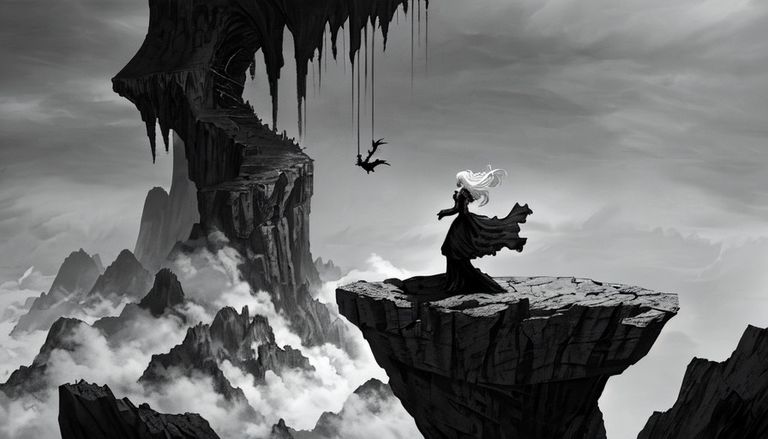
A contemporary example of the good use of the cliffhanger in literature and its audiovisual counterpart today is the book series "A Song of Ice and Fire" by author George R.R. Martin, his novels are full of them, with twists and counter-twists. Until now, each novel in the saga always closes with a huge cliffhanger, leaving one or several important characters in suspense until the next installment. The success of the novels is undeniable. with multiple online forums in different languages where theories about the books and the plots hidden in them that have not yet been resolved are discussed, and the success of the literary saga was masterfully replicated in the television series "Game of Thrones" from HBO, almost every episode ended with a cliffhanger like the season closings, which generated hot debates on social networks trying to guess what would come next.

To conclude, the cliffhanger is a very powerful NARRATIVE TOOL that, if well used and developed, will leave your readers hooked, in love, worried, active, addicted, thirsty, and eager to read what will come next in your story. Developing and writing a good cliffhanger within or at the end of a novel requires careful planning and execution to achieve the greatest impact on your readers. So if you like to tell short or long stories or are writing a novel, don't hesitate to put your characters in more than one predicament, so that your readers stay glued to their seats with a good cliffhanger!
end.
Escrito originalmente en Español, traducido al ingles con Google Traslate.
Todas las imágenes son propias, fueron creadas usando las paginas de IA: Leonardo.Ai, Tensor.Art, Picfinder.Ai y Playground.ai
